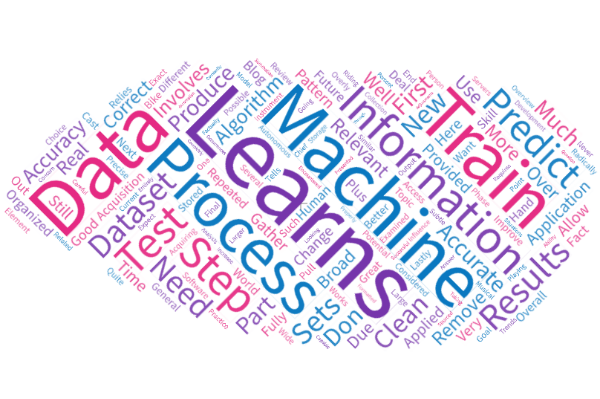Machine learning has the potential to radically change the application and development of software. However, it is not a fully autonomous process. There is still very much a human element to machine learning and the overall process involves several precise steps. Here is a broad overview of the different steps in the machine learning process.
- Data Acquisition: the results of machine learning are only as good as the data it has access to. The first step of machine learning is acquiring relevant data sets. Datasets should be relevant to the topic at hand however, they don’t need to be overly organized or examined as a review of the information is part of the machine learning process. Plus due to the fact machine learning can process a great deal of information these datasets can be quite large. The more information the better as machine learning works with the information it is provided to produce results.
- Data Cleaning: is the next step after gathering relevant information. Because machine learning relies on broad data sets the acquisition and collection phase should cast a wide and gather as much data as possible. Data cleaning should remove repeated data, remove information that is not needed, remove any data pattern organization (as you don’t want to influence the results), and lastly, the data should be properly formatted and stored as needed on your servers or storage of choice.
- Training: is the most involved part of the machine learning process. For a person learning any skill such as playing a musical instrument or riding a bike requires practice and the taking in of new information. Machine learning is similar to this as its first output is not going to be completely exact but over time improves. The point of the training process is to improve the learning algorithm. The learning algorithm tells the machine what patterns it’s looking for in a larger dataset. Subtle adjustments to learning algorithm allow for more accurate results. Over time a well-trained algorithm can pull information out of datasets that it has never encountered and it ‘learns’ what to expect.
- Test For Accuracy: related to training is the accuracy test. An accurate model should be able to produce factually correct results when presented with an entirely new dataset. Machine learning results should be predictive and able to be applied to datasets that were not used for training. In real-world applications, new data will have to be tested constantly and if an algorithm is accurate when applied to sets of ever-changing information it can then be applied in real world situations. In general 70 to 80 percent correct is considered accurate for current machine learning applications, this is likely to increase in the future.
- Predict: the end goal of all of this testing and algorithm correction is to generate results and use the information to answer a question you have. The predict step can be considered the final step in the process and one that only a successful application of machine learning can accomplish it allows for not only the analysis of data but the ability to predict future occurrences or trends.
Summation
Machine learning is an involved process. The chief concern is that the results it produces are not only accurate but also able to be repeated with accuracy. Only through careful testing and providing well sourced information can machine learning produce the results it is capable of.

